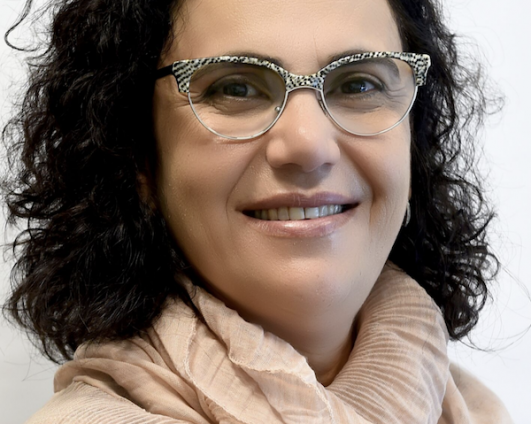Work-in-progress 1
Amir Husak – From Proletariat to Precariat
Sophie Jackson – Could Try Harder: a multi strand interactive documentary
Nadia Rahman – Connecting Threads
From Proletariat to Precariat
From Proletariat to Precariat is an interactive documentary that investigates the roots and causes of the February
2014 social unrest in Bosnia-Herzegovina. Combining citizen-activist videos, interviews and archival research
in an interlinked web of media vignettes, the project aims to expose the complexities and hierarchies of
powers at play. By employing what could be rendered as reflective and participatory modes of representation,
the project also interrogates the capacity of interactive documentary to build and intervene (politically) and
answer the call for radical change.
Could Try Harder
Could Try Harder was conceived as a memory project, with our old school reports as the central
memory artifact. Participants have been filmed responding to their high school reports as they read
them for the first time after many years. The aim was to capture something of the memory event
experienced by the reader, not simply to the words written by our teachers long ago but to the
physical and tactile qualities of the reports; some in booklet form with school crests, others on thin
almost transparent paper, the handwriting of individual teachers and grading systems in A’s, B’s , %,
averages, class positions all quantifying a lived and remembered experience. As a multilinear
project, I will bringing together 10 individual participant’s stories, that will branch off or intersect
with an evocative and more abstract central film that draws on all the material. The project explores
the Klynt platform from a creative perspective and its rich potential to present practice based filmed
research.
Connecting Threads
It’s a story about Tala, a young artist from Jerusalem and a guide at the Palestinian Heritage
Museum, who takes us on a journey to locate, repair and register old Palestinian
embroidered dresses in order to preserve her culture and identity. This documentary film
will focus on how embroidery evolved amongst Palestinians as a form of identification, a
source of income for women, and an expression of resistance, under prolonged political and
economic hardships. Tala traces the complex layers of Palestinian embroidery production
and discovers the practices of its appropriation as she struggles to preserve the various
fragments of this folklore art.
Although Tala’s story is the main thread and story line, each segment of video, photography,
audio, and text will stand on its own. There will be a duality interplay of stories both in
terms of content and technique. The editing of the material will be seamless as will the
interface of the i-doc. It will be structured so that the viewer would be going on this journey
rather than watching it, using camera techniques such as 360 degrees to navigate the
complex terrain of occupation walls and check point, where these women live and work.
This project would employ the rich visuals of the embroidered tapestry of identification and
the stories of women who stitch to survive, and render it into a multi-media interactive
documentary.


